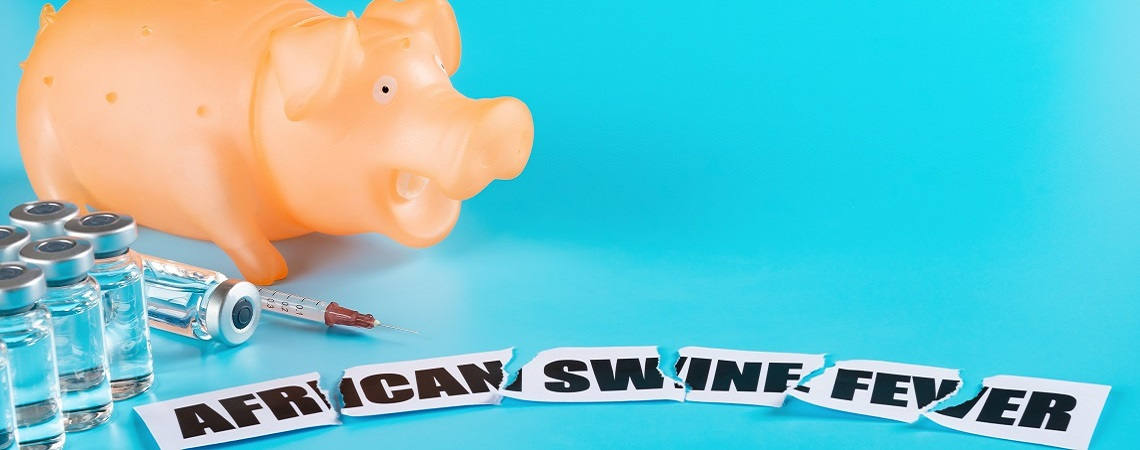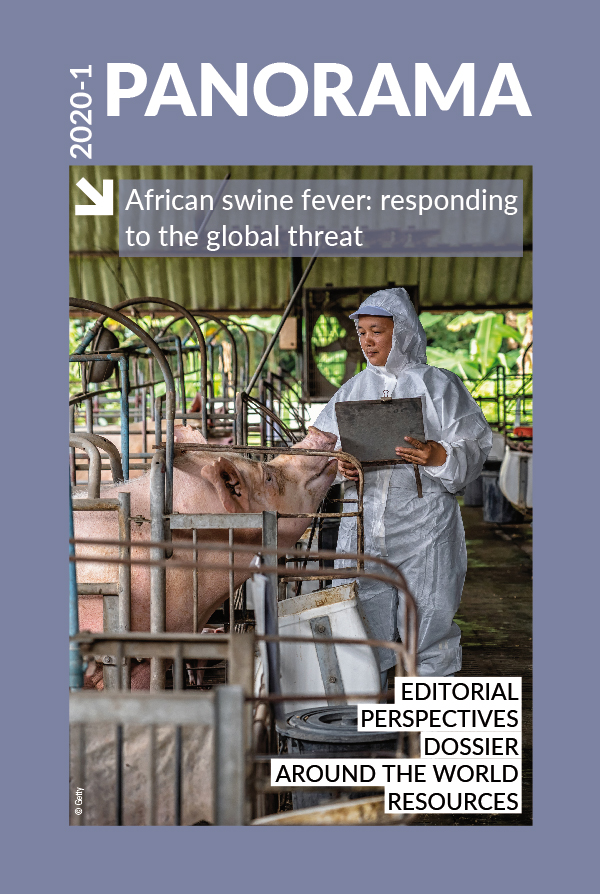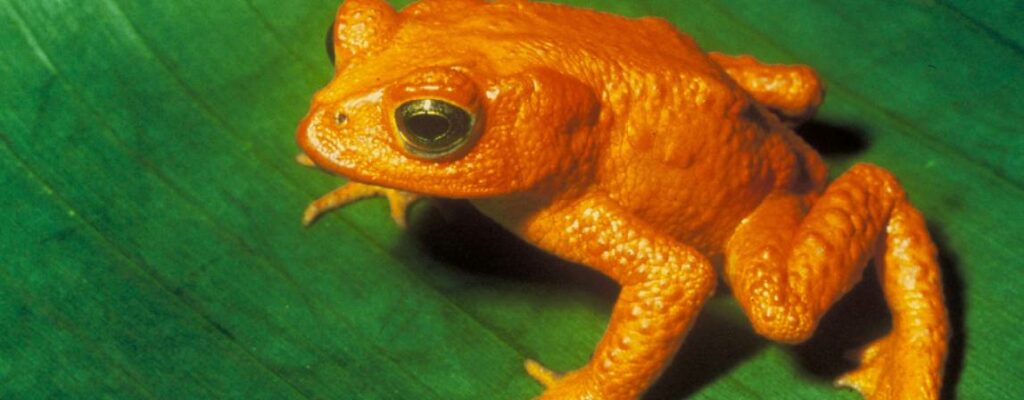Keywords
Authors
L. Dixon(1)*, L. Heath(2) & J.-M. Sanchez‑Vizcaino(3)
(1) The Pirbright Institute, United Kingdom.
(2) Agricultural Research Council – Onderstepoort Veterinary Research, South Africa.
(3) Facultad de Veterinaria, Universidad Complutense, Spain.
* Corresponding author: linda.dixon@pirbright.ac.uk
The designations and denominations employed and the presentation of the material in this article do not imply the expression of any opinion whatsoever on the part of the OIE concerning the legal status of any country, territory, city or area or of its authorities, or concerning the delimitation of its frontiers and boundaries.
The views expressed in this article are solely the responsibility of the author(s). The mention of specific companies or products of manufacturers, whether or not these have been patented, does not imply that these have been endorsed or recommended by the OIE in preference to others of a similar nature that are not mentioned.
Inactivated virus preparations have failed to induce protection in pigs against challenge. In contrast, live attenuated vaccine (LAV) candidates can induce high levels of protection. LAVs can be produced by passage of virus in cell culture or by targeted gene deletions, or they may be isolated from the field. Increasing numbers of full genome sequences and understanding of viral gene functions have established that deletion of genes that inhibit the main host antiviral pathway (the type I interferon response) can attenuate virulent virus and induce protection.
Several promising live attenuated vaccine candidates have been identified
Several promising LAV candidates have been identified. These should meet preliminary safety and efficacy standards prior to their scale up and further larger-scale testing. A cell line needs to be identified for this scale up. Required safety criteria include limited clinical signs and virus replication after immunisation and challenge over a defined dose range, and following repetition and overdosing. Efficacy should enable the predicted herd immunity threshold to be achieved. Vaccination of both domestic and wild pigs against ASFV will be needed. Therefore, vaccines should be effective when delivered intramuscularly or orally in baits to wild pigs.
Further research may enable the development of vaccines with an improved safety profile compared with live attenuated vaccines
Protective immune responses and antigens that induce these are poorly characterised. Cellular CD8+ responses are required for protection, but the cell subsets involved have not been described. Transfer of serum from immune to naïve animals induces partial protection. Some targets for neutralising antibodies have been reported, although these are not fully effective. Pools of antigens that induce some protective responses have been identified. Further research may discover an antigen combination and delivery method that induces good efficacy. This could enable the development of vaccines with an improved safety profile compared with LAVs. Vaccines designed with capability to distinguish infected from vaccinated animals would, in the longer term, aid monitoring of vaccination campaigns and establishment of freedom from disease.
http://dx.doi.org/10.20506/bull.2020.1.3123
References
- Arias M., de la Torre A., Dixon L., Gallardo C., Jori F., Laddomada A., Martins C., Parkhouse R.M., Revilla Y., Rodriguez F. & Sanchez-Vizcaino J.M. (2017). – Approaches and perspectives for development of African swine fever virus vaccines. Vaccines (Basel), 5 (4), 35. https://doi.org/10.3390/vaccines5040035.
- European Commission Directorate-General for Health and Food Safety (2017). – Blueprint and roadmap on the possible development of a vaccine for African swine fever prepared by the African Swine Fever EU Reference Laboratory on Commission request. SANTE-2017-10272.










